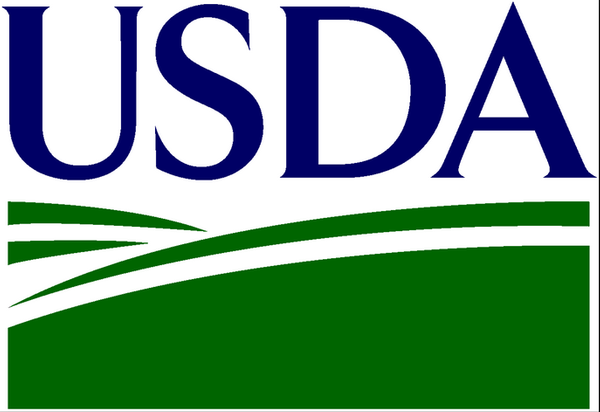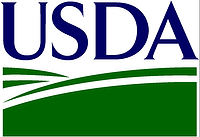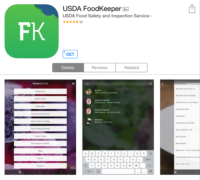The National School Lunch Program is turning 70 in 2016, and kitchens in many of the more than 95,000 schools that participate in the program are nearly as old. Aging infrastructure and equipment, much of it designed to heat or handle pre-packaged rather than fresh foods, pose significant barriers to school districts’ efforts to adapt to the preferences and dietary needs of today’s students. To address these challenges, Congress appropriated nearly $200 million over the past six years for U.S. Department of Agriculture (USDA) kitchen equipment grants, which have helped thousands of schools purchase needed upgrades.
The Kids’ Safe and Healthful Foods Project—a joint initiative of The Pew Charitable Trusts and the Robert Wood Johnson Foundation—commissioned a series of case studies to explore the effects of this federal funding on students and meal programs.
Researchers interviewed food service directors, school administrators, and students from 19 schools in seven states during 2015, and visited the campuses to collect more information. This brief serves as a companion to the individual school case studies, providing background on the grant program and summarizing the findings of an analysis of trends across the schools studied.
The research found that equipment purchased with USDA grant funds has helped schools overcome many of the challenges that meal programs reported in the Kids’ Safe and Healthful Foods Project’s 2012 national survey. That earlier study found that outdated and poorly equipped food service facilities hindered staff efforts to prepare and efficiently serve healthy and appetizing meals. The survey also found that fewer than half of programs have a budget for equipment upgrades, and so many make do with inefficient and expensive workarounds.
For example, schools without adequate refrigeration and storage may resort to piling fresh fruits and vegetables in milk crates and small coolers or taking more frequent and costly deliveries of perishable items. Similarly, kitchen space constraints force some schools to prepare meals in shifts, increasing labor costs and pushing lunch periods earlier or later in the school day. Cramped serving lines slow students’ pace through the cafeteria, leaving less time to eat and discouraging many from choosing a school meal.
Just one new appliance or serving station can have considerable benefits for meal programs and students. Overall, purchases made with USDA equipment grants have helped schools improve nutritional quality and variety, entice more students to eat school meals, and operate more efficiently and cost-effectively. Access to kitchen-upgrade funds such as these grants allows schools to better support children’s health and to run financially sound meal programs. For example:
- Hot holding cabinets keep foods at optimal serving temperatures without drying them out, allowing staff to prepare dishes in advance while maintaining the meals’ appeal.
- Blast chillers freeze or cool foods quickly and safely, preserving freshness and reducing spoilage.
- Combination (combi) ovens bake, roast, grill, steam, braise, blanch, and poach foods faster and maintain more vitamin and nutrient content compared with many traditional cooking methods.
- Mobile food carts enable schools to serve students in more places on campus, making it easier for children to get food and reducing congestion in cafeteria serving lines.
- Modern point-of-sale (POS) software systems help reduce the time students spend in line in the cafeteria and improve the accuracy of schools’ financial and inventory records.
The Kids’ Safe and Healthful Foods Project first studied six schools in California, Kentucky, Maine, North Dakota and Pennsylvania. Two additional batches of schools will be announced in the coming months.




